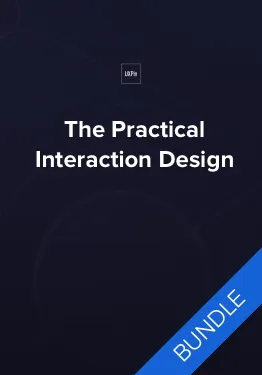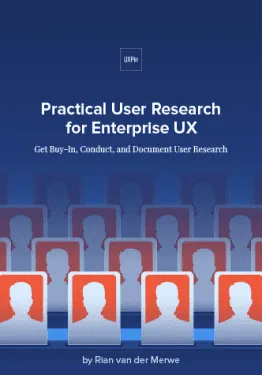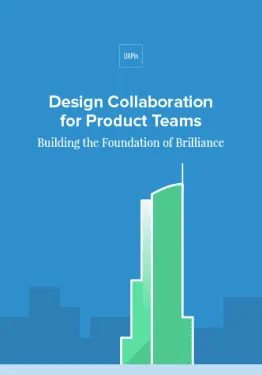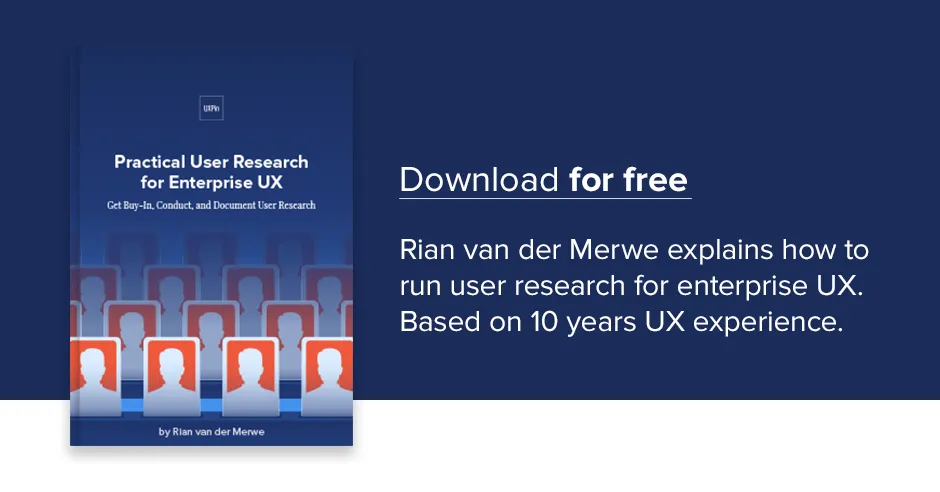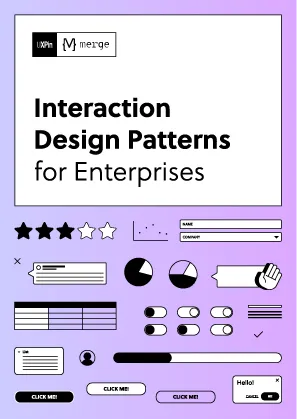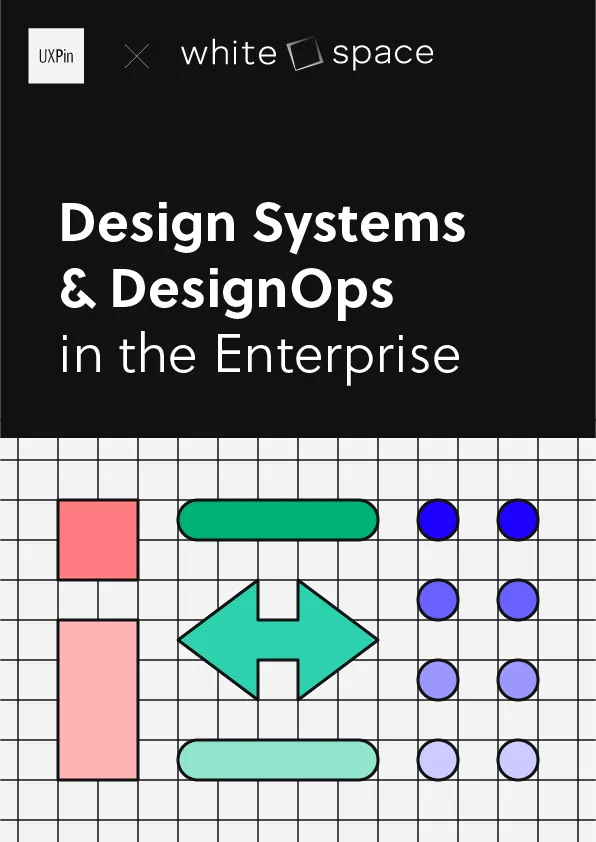In our first installment, designers from companies like HP, Boeing, and Hubspot described their best practices.
You can read their advice in Part 1.
Now, we’ll turn to designers from Core Logic, 3M, Crazy Egg, and Salesforce for their advice.
1. Finding the right user research participants
Louis Elfman – Design Lead, Core Logic
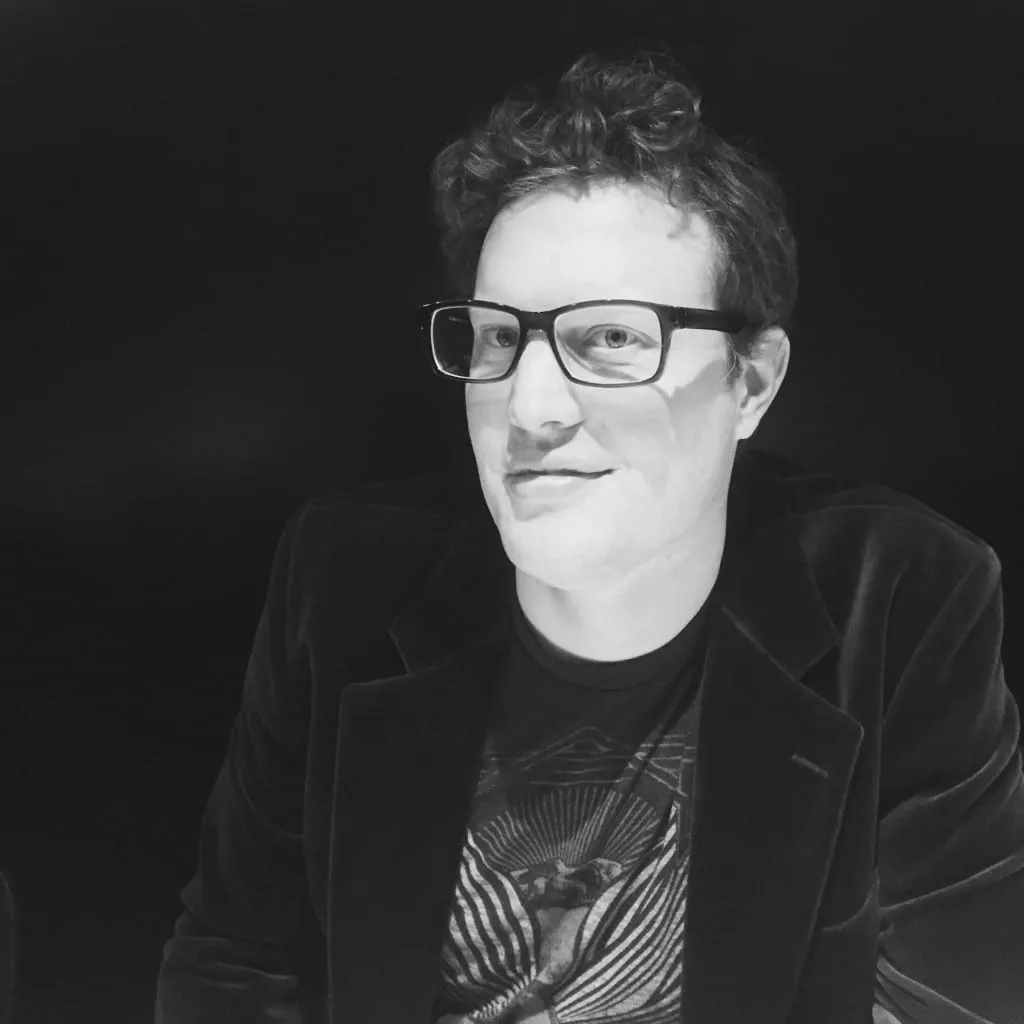
Despite all of the support and goodwill of the entire executive team, it’s still incredibly difficult for us to get research participants. The problem is twofold:
- Difficulty in external sourcing – In my case, finding mortgage bankers at mid-size banks isn’t as easy as a CraigsList ad.
- Lack of understanding internally – People don’t understand the need for actual research).
Solutions
We use a multi-pronged approach: building a relationship with Sales and Account Management to recruit on our behalf and to relay to us the feedback they’re getting; using external recruiting agencies; trawling LinkedIn, professional associations and personal networks (going guerrilla).
None of these is a silver bullet. But together they’ve proven effective enough. As we deepen our relationship with Sales and Account Management, we can start to implement an actual process for recruiting participants on an ongoing and ad hoc basis.
One final tip: interview sales team members. It yields valuable information and shows them the actual process so they’re not threatened by it (sales people hold their customer relationships very tightly). It also makes them feel valuable so they’re more motivated to help us.
2. Prioritizing features for end-user value
Andy Vitale – Interaction Designer, 3M Healthcare
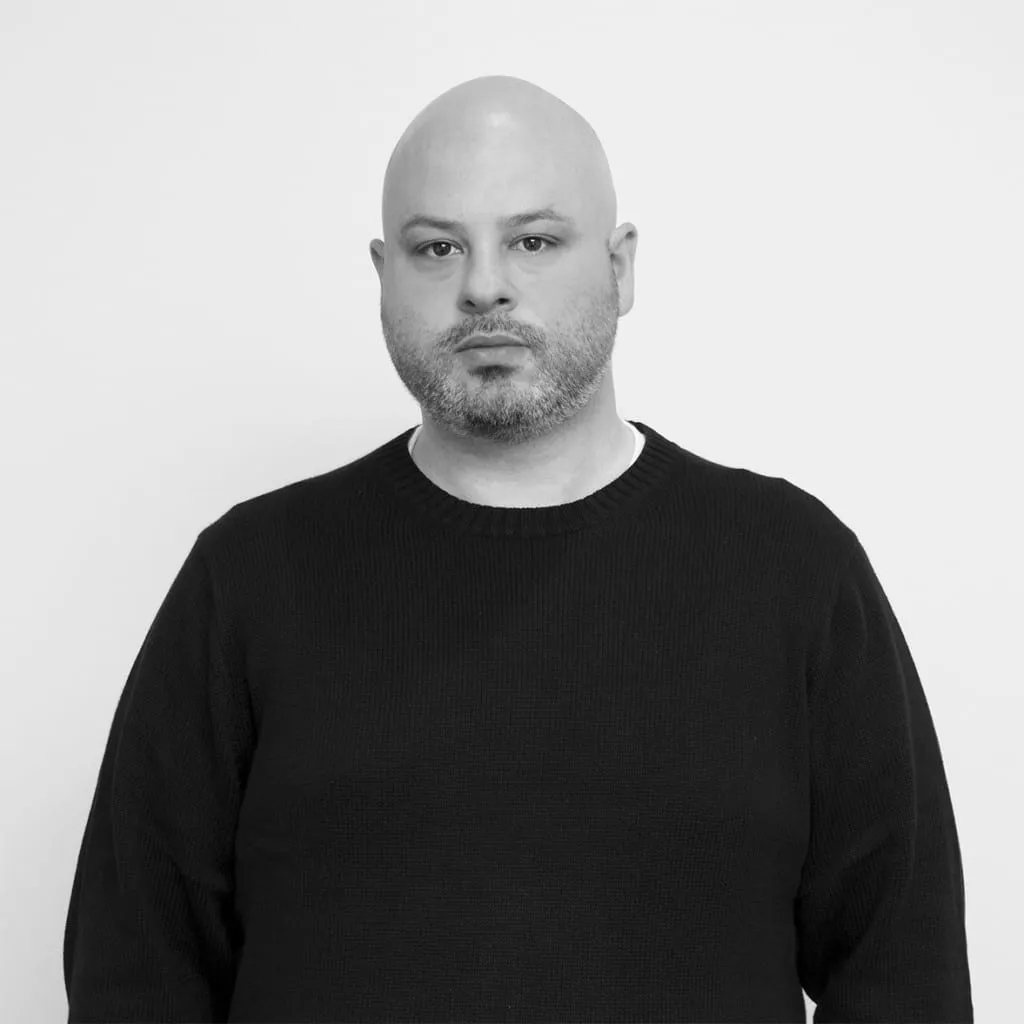
How do we really focus on what’s most important and transform those insights into impactful changes?
Organizations often believe that enterprise solutions have to be everything to everyone, which leads to competing stakeholder priorities. While it’s true that enterprise UX does involve robust data, interactions and features, the core design principles still apply.
Today, enterprise users expect the same quality of experience as consumer products. But because stakeholders are not the target audience, they have a desire to continually add features for every perceived problem. Additional features don’t always mean additional value.
Solution
Educate stakeholders on the importance of knowing the enterprise user.
True understanding of your users – their pain points, emotions, articulated and unarticulated needs, etc. will result in the optimal enterprise solution. Approach enterprise UX the same way as consumer UX. Talk to users. Observe them with intent. Involve them in journey mapping to understand their emotions and needs across every touchpoint. Allow users to interact with prototypes to validate concepts.
We know that 95 percent of the users use 5 percent of the features. Focus on the 5 percent. Once you have the core framework and functionality, you can always expand on that.
3. Designing the right problem
Jessica Tiao, “JT” – Product Designer, Crazy Egg

Design is about separating the solution from the problem.
The greatest challenge I face as a designer is getting caught up in the designs before understanding the why.
Design has always been my happy place. With an empty white board and marker, I slip into a zone of determination. I am itching to sketch out the best design. It’s going to have a slick interaction here. It will use a blue hue for the sidebar. I feel exhilarated.
But you can’t design awesome things if you don’t understand the problem. As enterprise apps evolve, simple designs turn into complicated headaches. Under the hood, legacy code piles up.
Living design systems need to stay fresh and consistent.
Solutions
Good design starts with words.
Why?
The success of an enterprise product depends on two factors: the person using it and if the product can make them better at their jobs.
For your next project, write a series of narrative-based use cases. A storytelling approach will help you dive into each step of a user’s journey. It’s a framework for you and your team to solve wicked enterprise problems.
A lot of us want to rush into this from the other end: focusing on the visual details. We get sucked into the void of solutions and lose sight of the problem.
Breakthroughs come from writing. When you work relentlessly to give your users the most compelling experience possible with thoughtful design and writing – you’ve approached the problem with intention.
4. Keeping sight of the holistic user experience
Ian Schoen – Product Designer, Salesforce

In a large enterprise company, it’s easy to become a specialist focused on a single aspect of an overall product. This can be a great opportunity for diving deep into specific, complex design challenges but specialization has its consequences.
When designing for specific features or micro-experiences within a larger product ecosystem, designers often are not afforded clear avenues to take a step back and grasp the overall experience.
At Salesforce, the Sales Cloud design team alone works with 18 scrum teams and over 100 developers to ship our product. With such a large scope and many idiosyncratic complexities across the experience, it can be intimidating to get out of the weeds and gain sight of the big picture.
Here’s how I aim to balance feature-level work while maintaining focus on the overall UX strategy.
Solutions
1. Diversify your impact.
Find ways to get involved outside of your immediate design work. Meet people across product and UX teams. In doing so, you naturally expose yourself to different viewpoints. You start putting together more pieces of the strategic puzzle.
Personally, I’ve joined and now lead the Salesforce UX Blog.
As a result, I’ve met people in product teams through 1:1 editing and ideation sessions. I’ve gained insights into decisions and perspectives I wouldn’t know about otherwise.
Not only do I learn each author’s unique perspectives on design and product development, I also learn exactly how they’re applying it to their work in Salesforce. Add that all up and the strategic picture becomes much clearer.
2. Expand your scope
Take on new feature work.
As you begin taking on more design opportunities, you’ll also form new connections and better understand the product. One way I’ve expanded my scope is to always be asking for more. We work in a fast-paced industry where designers are constantly moving up and out of roles.
When you spot an interesting opportunity, raise your hand. Your new projects will also help you improve your current projects.
Additional Advice
For more best practices for user-centered design in the enterprise, check out the free guide below by Jive Software’s UX Director Rian van der Merwe.
He describes useful tactics for getting buy-in, conducting the right research, and documenting research in the enterprise. All the advice is based on his 10+ years of UX experience.

